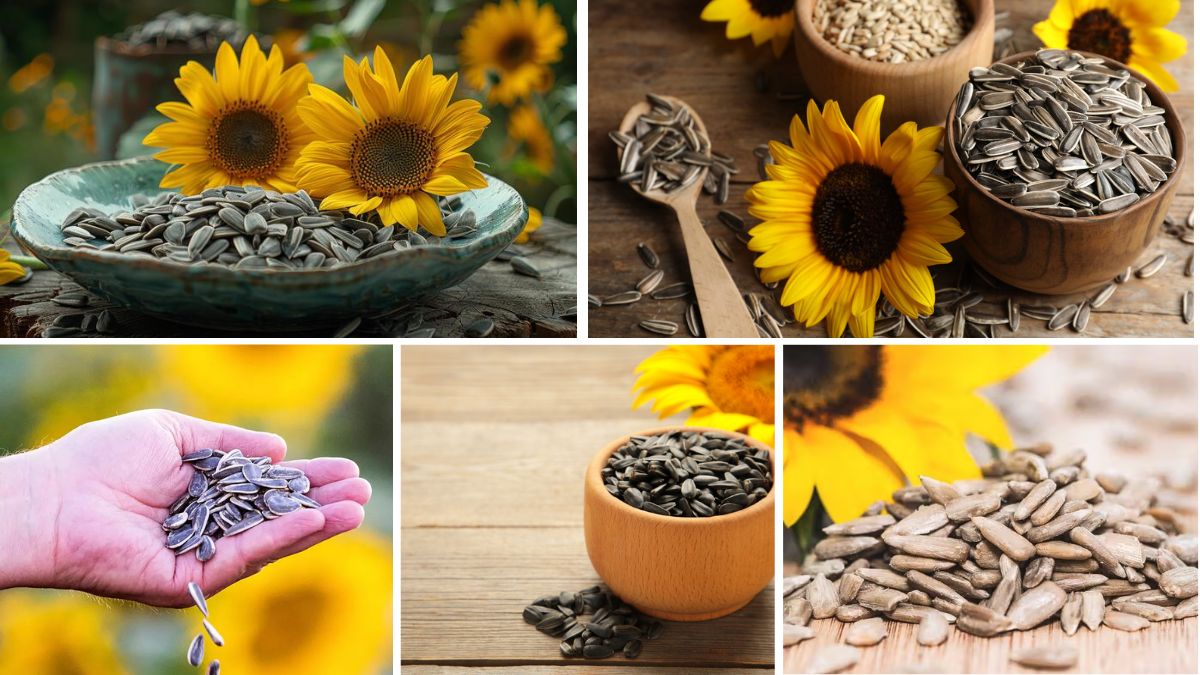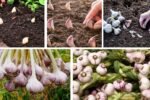Sunflower seeds, derived from the vibrant and iconic sunflower (Helianthus annuus), are much more than a snack. They play a critical role in global agriculture, serving as a source of edible oil, animal feed, and even in cosmetics. With their high nutritional value, including healthy fats, protein, and essential vitamins, sunflower seeds have gained popularity worldwide. But among all producing nations, which country leads the world in sunflower seed production?
Overview of Sunflower Seed Production
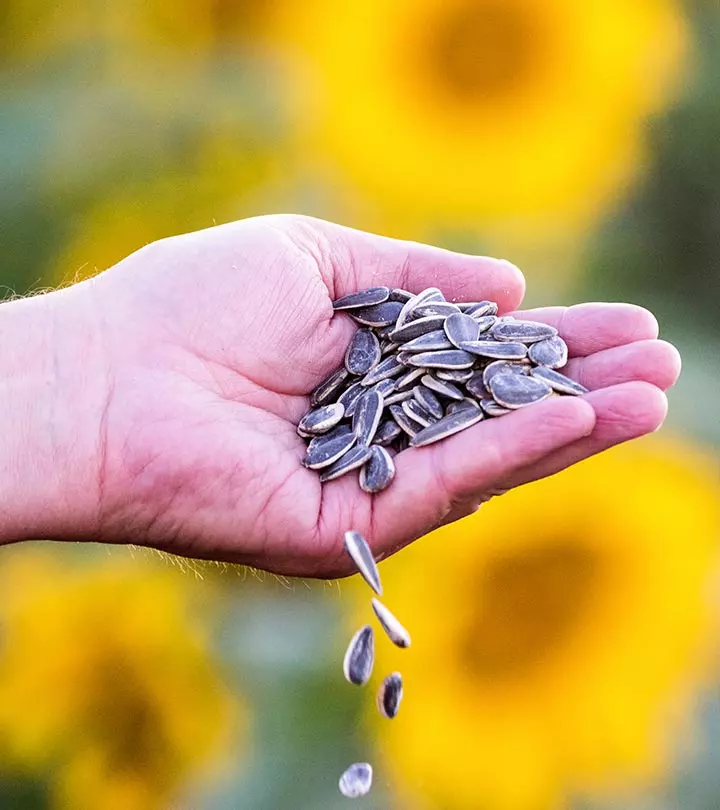
Sunflower seeds are cultivated primarily for two purposes: oil extraction and consumption as a snack. Sunflower oil, extracted from the seeds, is prized for its light flavor, high smoke point, and health benefits. Globally, sunflower oil ranks among the most consumed vegetable oils, making sunflower seeds a critical agricultural commodity.
Sunflowers thrive in temperate and subtropical regions with long, sunny days and well-drained soils. The cultivation requires moderate rainfall, although modern irrigation techniques have expanded the crop’s adaptability to semi-arid regions.
Ukraine: The Global Leader in Sunflower Seed Production
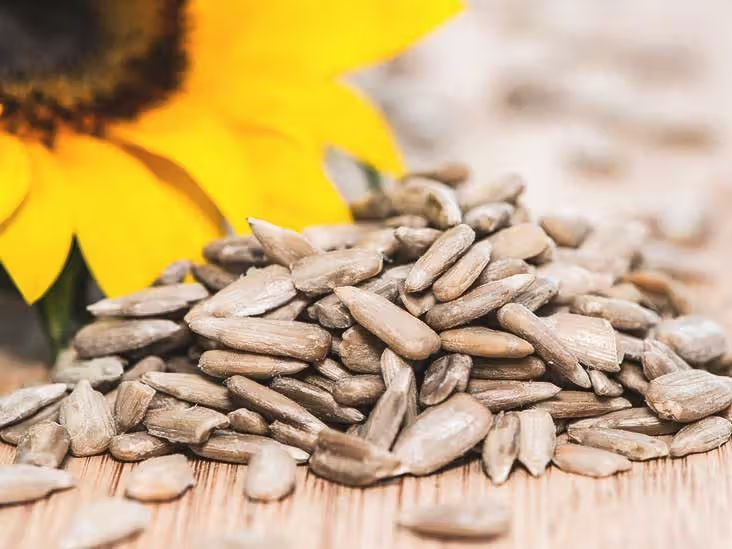
Ukraine holds the title of the largest sunflower seed producer in the world, producing an estimated 16–17 million metric tons annually. This accounts for approximately one-third of global production, highlighting Ukraine’s dominance in the industry.
Factors Contributing to Ukraine’s Leadership:
- Favorable Climate and Soil: Ukraine’s fertile black soils, combined with a temperate continental climate, create ideal conditions for sunflower cultivation. Long sunny periods during the growing season enhance photosynthesis and seed quality.
- Large Agricultural Land: Ukraine has extensive arable land dedicated to sunflower farming, allowing economies of scale that increase efficiency and output.
- Advanced Farming Practices: Farmers in Ukraine employ mechanized planting, harvesting, and processing techniques that maximize yield and reduce labor costs.
- Strong Export Market: Ukraine exports a significant portion of its sunflower seeds and sunflower oil to countries across Europe, Asia, and the Middle East. Major importers include the European Union, India, and China.
- Government Support: Agricultural policies, subsidies, and investments in research have supported the growth and modernization of sunflower cultivation in Ukraine.
Sunflower production is crucial to Ukraine’s economy, generating employment in rural areas and earning substantial foreign exchange through exports.
Russia: A Close Contender
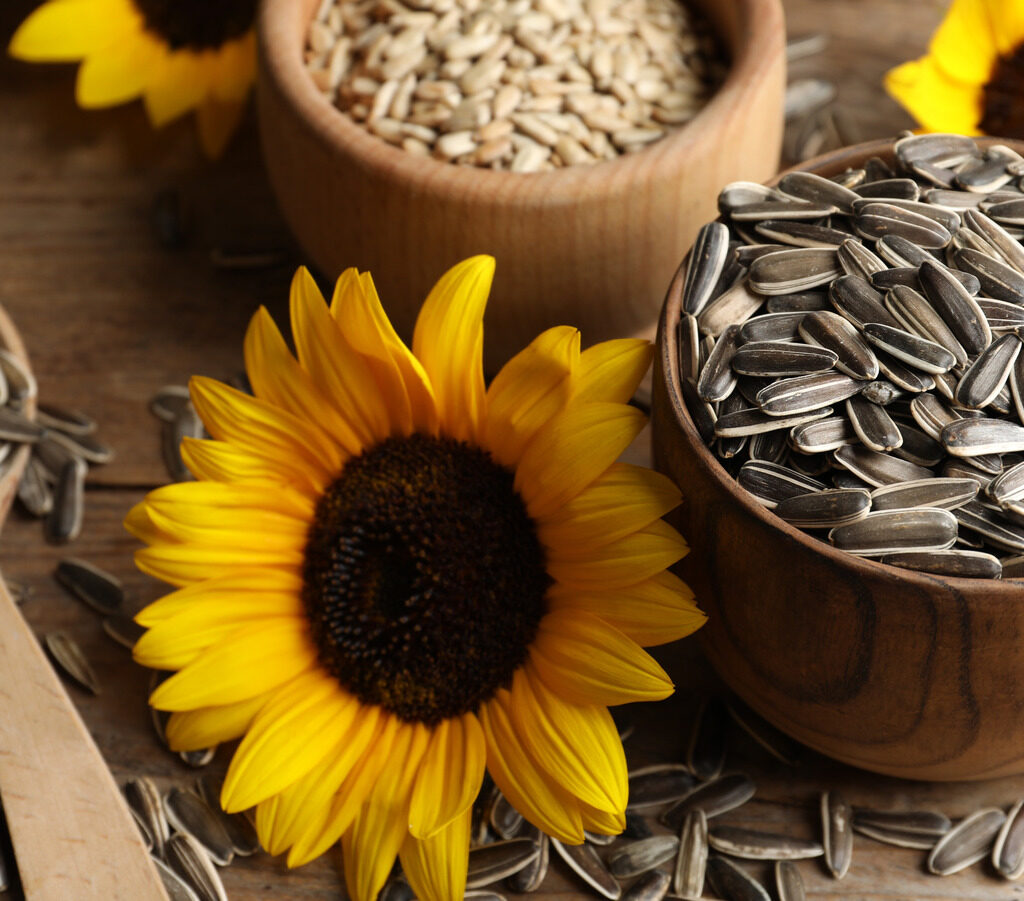
Russia ranks as the second-largest sunflower seed producer, producing approximately 14–15 million metric tons annually. Sunflower cultivation is spread across the southern regions of the country, including Rostov, Krasnodar, and Volgograd, where the climate is well-suited for oilseed crops.
Key Factors Behind Russia’s Production:
- Favorable Agricultural Zones: The southern steppes provide ideal soils and climate for sunflower growth.
- Mechanization and Technology: Russia has modernized its agriculture sector, using tractors, seed drills, and advanced harvesting machines to optimize productivity.
- Export Potential: Russia exports significant quantities of sunflower seeds and oil, particularly to Europe and Asia.
Sunflower cultivation is an important sector in Russia, supporting rural communities and contributing significantly to the agricultural GDP.
Other Major Producers

Several other countries contribute substantially to global sunflower seed production:
- Argentina: Argentina produces around 3–4 million metric tons annually. The country has favorable climate and soil conditions in provinces such as Buenos Aires, Córdoba, and Santa Fe. Sunflower seeds are a major source of oil, and Argentina is a key exporter to Europe and Asia.
- Turkey: Turkey produces approximately 1.5–2 million metric tons. Sunflowers are widely grown in the Thrace and Marmara regions, with sunflower oil being a staple in Turkish kitchens.
- Romania and Bulgaria: Both countries have extensive sunflower cultivation, producing around 1–1.5 million metric tons each. Sunflower farming is a critical part of their agricultural economies, supporting exports and domestic oil production.
- United States: The U.S. produces roughly 1 million metric tons, with North Dakota and South Dakota being major producing states. Sunflowers are primarily grown for oil extraction, confectionery, and birdseed.
- China and India: These Asian countries have growing sunflower seed industries. While production is smaller compared to European leaders, rising domestic demand for edible oil is driving expansion.
Economic Significance of Sunflower Seed Production

Sunflower seeds are more than just a food product—they are an economic powerhouse:
- Employment: Sunflower cultivation and processing generate millions of jobs, from planting and harvesting to oil extraction and packaging.
- Export Revenue: Countries like Ukraine and Russia earn substantial foreign exchange from sunflower seed and oil exports, contributing to national GDP.
- Agricultural Diversification: Sunflower seeds provide farmers with a profitable alternative to cereal crops, reducing dependency on a single crop and mitigating risk.
- Value-Added Products: Beyond raw seeds, sunflower oil, roasted seeds, and confectionery items enhance revenue streams for producers.
Challenges in Sunflower Seed Production
Despite its profitability, sunflower cultivation faces several challenges:
- Climate Sensitivity: Sunflowers require a long growing season with adequate sunshine. Droughts or extreme rainfall can significantly reduce yields.
- Pests and Diseases: Sunflower crops are susceptible to pests such as sunflower beetles, cutworms, and diseases like downy mildew or rust.
- Market Fluctuations: Global price volatility in edible oils affects profitability, particularly for export-dependent producers.
- Soil Degradation: Continuous cultivation without proper soil management can lead to nutrient depletion and lower long-term productivity.
To overcome these challenges, producers increasingly rely on modern agronomic practices, including crop rotation, integrated pest management, and high-yield seed varieties.
Trends and the Future of Sunflower Seed Production
The sunflower industry is evolving to meet growing global demand:
- Increased Demand for Sunflower Oil: Health-conscious consumers favor sunflower oil for its low saturated fat content and cholesterol-lowering properties, boosting global consumption.
- Sustainable Farming Practices: Farmers are adopting no-till cultivation, organic fertilizers, and water-efficient irrigation to improve yields and reduce environmental impact.
- Research and Breeding: Development of drought-resistant and high-oil-yield sunflower varieties is helping producers mitigate climate risks.
- Expansion into New Regions: Countries in Africa and South America are expanding sunflower cultivation to diversify global production.
- Value-Added Products: Sunflower seeds are increasingly processed into snacks, butters, and health food products, enhancing market value.
Conclusion
Ukraine is the undisputed leader in global sunflower seed production, benefiting from fertile soils, a favorable climate, and a well-established agricultural sector. Russia, Argentina, and Turkey are also significant contributors, while emerging producers like China, India, and parts of Africa are expanding cultivation to meet rising demand.
Sunflower seeds are a vital global commodity, supporting rural economies, generating employment, and providing a source of healthy oil and nutrition worldwide. The industry continues to evolve with technological advancements, sustainable practices, and growing international demand, ensuring that sunflower seeds will remain an essential crop in the global agricultural landscape for decades to come.
